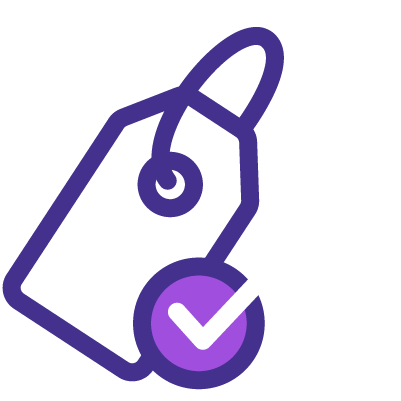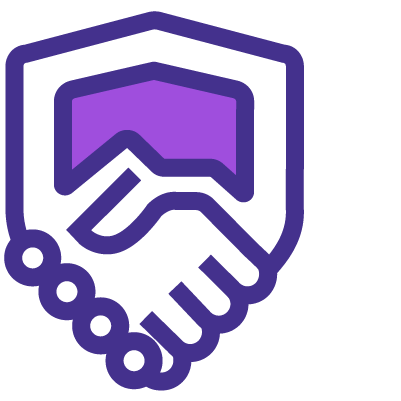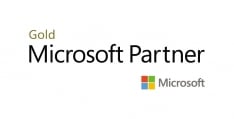Who Should Attend the SharePoint Power User 2019 55294AC Course?
The SharePoint Power User 2019 55294AC Course is designed to provide a comprehensive understanding to professionals who want to gain advance skills and knowledge in using Microsoft SharePoint 2019. This course can be beneficial for a wide range of professionals including:
- SharePoint Administrators
- Content Managers
- Directors
- Business Analysts
- Team Leaders
- Project Managers
- SharePoint Developers
Prerequisites of the SharePoint Power User 2019 55294AC Course
There are no formal prerequisites to attend the SharePoint Power User 2019 55294AC Course. However, a basic knowledge of the SharePoint 2019 End User experience would be beneficial for delegates.
SharePoint Power User 2019 55294AC Training Course Overview
The Microsoft SharePoint Training course equips individuals with comprehensive knowledge essential for proficiently navigating and utilising SharePoint's robust functionalities. Mastering SharePoint empowers professionals to efficiently organise, share, and access information within organisations where collaboration and information management are pivotal. This course provides an in-depth understanding of empowering users to optimise workflow, enhance productivity, and streamline data management processes.
Proficiency in SharePoint is invaluable across diverse professional landscapes. Business analysts, project managers, content managers, and IT professionals benefit significantly from mastering SharePoint. Its significance lies in fostering seamless collaboration, document management, and team communication. Proficient SharePoint users contribute considerably to organisational efficiency, enabling effective knowledge sharing, project collaboration, and improved business processes.
This intensive 2-day SharePoint Course empowers delegates with practical skills and insights to proficiently navigate and leverage SharePoint's functionalities. Delegates will gain hands-on experience utilising SharePoint's features for document management, content collaboration, site customisation, and workflow automation. Delegates will acquire the expertise to maximise SharePoint's potential through interactive sessions and real-world scenarios.
Course Objectives:
- To comprehend SharePoint's fundamental features and navigation techniques
- To proficiently manage documents, lists, libraries, and content within SharePoint sites
- To customise SharePoint sites to suit specific organisational needs
- To implement effective workflows and automation using SharePoint
- To collaborate efficiently and facilitate seamless information exchange within teams
- To ensure security and permissions management within SharePoint environments
- To troubleshoot common issues and optimise SharePoint performance effectively
After completing the SharePoint Power User 2019 55294AC Training Course, delegates receive a SharePoint Certification demonstrating their proficiency in SharePoint. This certification showcases their ability to leverage SharePoint as a robust tool for improving organisational efficiency and productivity.
 To help and support our clients we are providing a limited number of 250 daily discount codes. Hurry, first come, first served!
To help and support our clients we are providing a limited number of 250 daily discount codes. Hurry, first come, first served!



























 If you wish to make any changes to your course, please
If you wish to make any changes to your course, please


